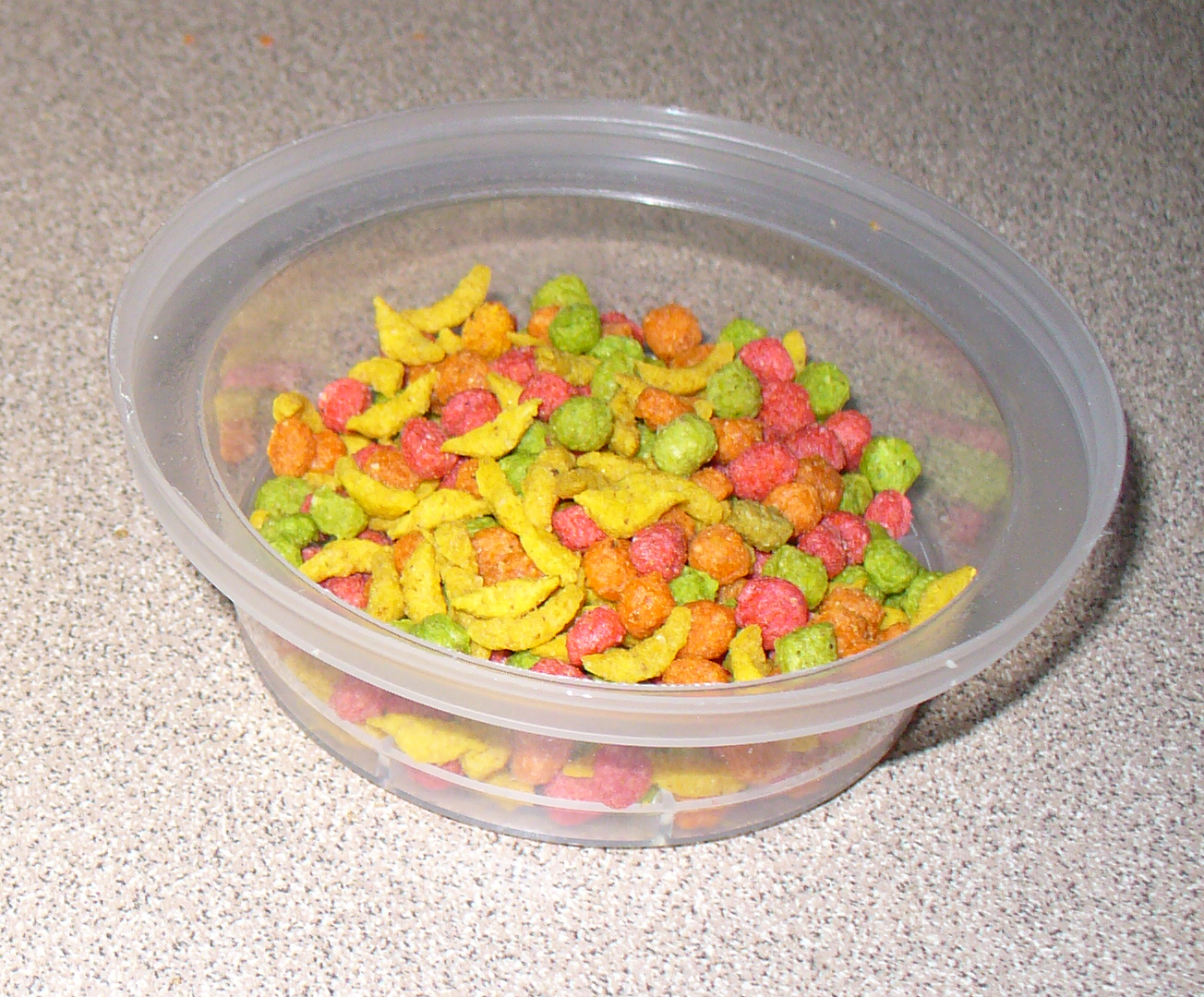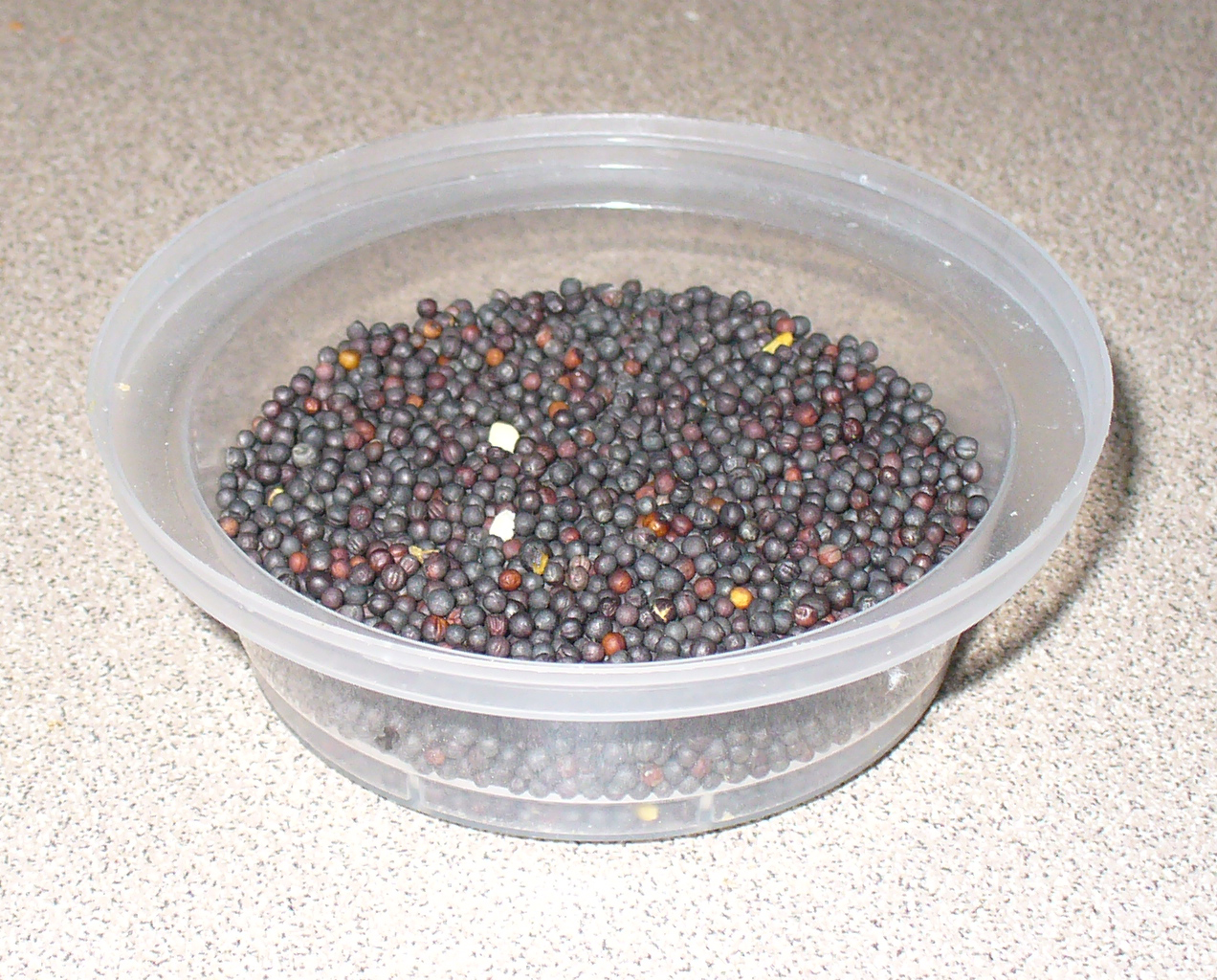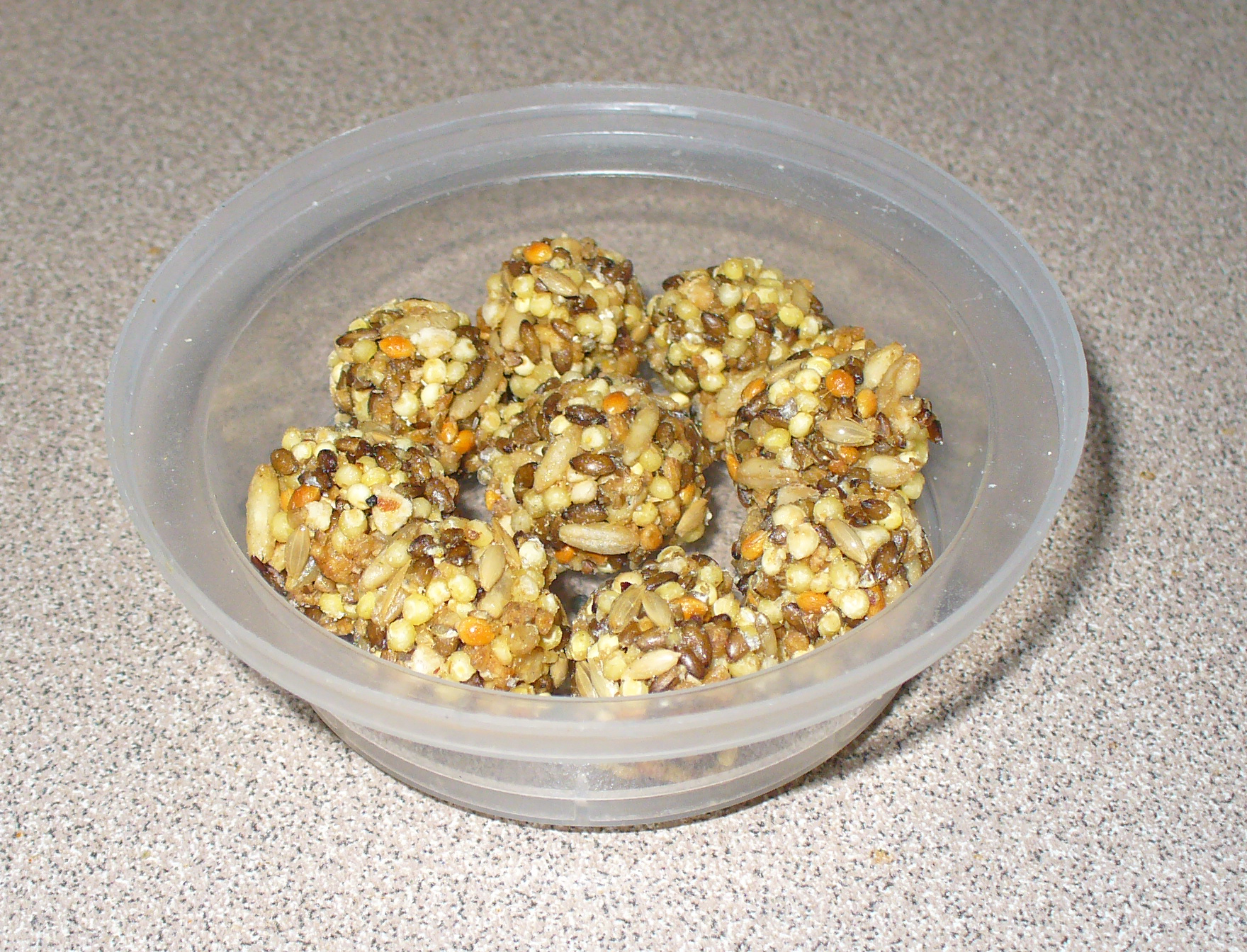Happy birthday, Mithril! If you can believe it, my beautiful best friend is twenty years old!
Contrary to what the local veterinarian in Johnstown, Pennsylvania thinks, cockatiels easily live past the age of 8 years old when looked after properly. Properly is the operative word. If your cockatiel is your very first bird, then you will make mistakes with her, often at the expense of her health. Likewise, accidents happen and when they do, you never forgive yourself. Speaking from experience! But with careful attention and lots of love, there is no reason why your relationship with your special bird should ever be cut short of ten years, the age when many veterinarians and writers consider cockatiels “senior” age. I personally do not think a cockatiel under the age of 15 should be considered “senior.” But what do I know? I’ve only raised parrots since childhood and for over 43 years!
The following is an excerpt from chapter four of “Preparing for My Senior Cockatiel” entitled “Beyond Basic Cockatiel Food.”
You have your seeds. You have your pellets (to make sure your birds get a balanced diet – regardless which seeds are their favourite). You have fresh nuts slivered and/or chopped to cockatiel bite-sized morsels. If you have a senior cockatiel, you are adding canola seed to your mix too. Now it’s time to great fresh with your birds’ diet. Cool side effect: it makes you eat healthier too!
Yep! You guessed it: fresh fruits and vegetable time.




Healthy cockatiel food (from left to right): Fresh romaine lettuce, Zupreem Fruit Blend pellets for Cockatiels, canola (rape) seed, and LaFeber’s Nutriberries for Cockatiels.
Fruits and vegetables (fresh or frozen) are tricky with cockatiels. Why? Because they are granivores. Coming from an arid climate, there is simply not much access to fruits and vegetables for wild cockatiels. Your cockatiel may seem “domesticated” like dogs and cats are—but she’s not. She’s a wild animal being socialized to live with humans. A major reason for this: unlike cats, dogs, and galliformes (chickens, ducks, geese, peafowl, turkeys, etc.), parrots of all three super-families have not lived with humans long enough to make a substantial impact on their genetics. Feather plumage colours and patterns (also known as colour mutations or breeds) are the primarily alteration to our parrots’ genetics. All other instincts from the wild remain intact. This means that what a human-raised cockatiel instinctively considers food is little to no different than that of a wild cockatiel. It’s why your cockatiel instantly understands that spray millet is food, but not pellets. Spray millet is in a form cockatiels find and eat in the wild.
Pellets, by contrast, are accepted as food through primarily through early experiences as chicks and juveniles. This usually comes about through presentation as part of a chick’s introduction to adult food and, if you have other parrots, particularly cockatiels, social modelling. That is to say that if a cockatiel observes other cockatiels eating something, she will generally at least taste the unknown food. This is best done in the first five months of life, but older birds will also try foods other cockatiels in the flock are eating. Case in point: my cockatiel Arwen (hatched 2014) loves lettuce. Mithril generally doesn’t like lettuce and rarely took any from my bowls before Arwen’s arrival. But if Arwen is eating lettuce from a bowl, Mithril will generally take a bite too.
But social modelling is not just about cockatiels learning from other cockatiels. You, being part of her flock, are critical to your bird learning to eat healthy fresh fruits and vegetables. This means that you are teaching your bird what to eat and what is safe to eat every time they observe you eating. If you eat junk food, your cockatiel assumes it’s okay for her to eat junk food too. She’ll probably beg for junk food and steal it from your plate, bowl, or even your fingers, making you laugh and indulge her at every instance.
Fortunately we can teach our birds to eat healthy too.
As a general rule, except where the food is poisonous to birds (chocolate, anything with caffeine or alcohol in it, and avocados being among the most poisonous), it is generally fine to allow your cockatiel to sample whatever you are eating. Offer small bowls (such as my upcycled yogurt lids) filled with a cockatiel-size portion of whatever you are eating at each meal, especially if it includes fruits or vegetables, but cooked meats are also fine most of the time. My girls love chicken breast and any available scraps from bone-in chicken wings. Anytime you eat a salad, encourage your cockatiels to join you. In my experience, healthy foods taste best from my plate or bowl over offering my birds their own bowl of the same food. This is social modelling in action. Your eating that bit of lettuce, tomato, or other fresh food is stimulating your bird to eat it too. The entire flock does the same thing –eating a specific food, drinking, preening, sleeping, etc.—at the same time and therefore evading predators by being lost in the crowd.
Poisonous Foods to Keep Away From Your Cockatiel
As mentioned earlier, not everything humans eat is safe for cockatiel consumption. Many foods like chocolate have toxins that are non-lethal to humans because of our considerable relative size but deadly when consumed by a much smaller animal. Here are the most important foods to keep away from your birds:
- Chocolate
- Avocado
- Onions and garlic
- Fruit pits and apple seeds
- Sugar-free candy
- High fat, high sugar, high sodium foods
LaFeber’s pet food company (manufacturer of Nutri-berries – see “pellet and seed mix ingredients” appendix) also suggests taking care if/when feeding the following:
- Mushrooms
- Plant portions of fruits and vegetables (stems, leaves, roots, etc.)
- Dairy
For more information explaining each of the above, see https://lafeber.com/pet-birds/foods-toxic-pet-birds/.
In addition to this list, Dr. Alyson Kalhagen (https://www.thesprucepets.com/common-foods-that-can-poison-bird-390628) adds raw/uncooked beans to LaFeber’s list because they contain the poison hemagglutinin. Fortunately thorough cooking and rinsing purges the toxin, rendering most cooked foods containing beans safe to eat. Another tricky food: soybeans which in raw form can be toxic to some parrots, but are perfectly safe in prepared forms such as soy milk and doufu (tofu).
As always, when in doubt, talk to your avian veterinarian.
![]()
![]()
Learn more about how to feed your older cockatiel to optimum health and how to adjust her environment for the challenges that come with long life in “Preparing for My Senior Cockatiel.” Available in full color paperback and digital format at a retailer near you including Amazon, Apple, Barnes and Noble, and Smashwords. Available in audio format at Apple and Audible.